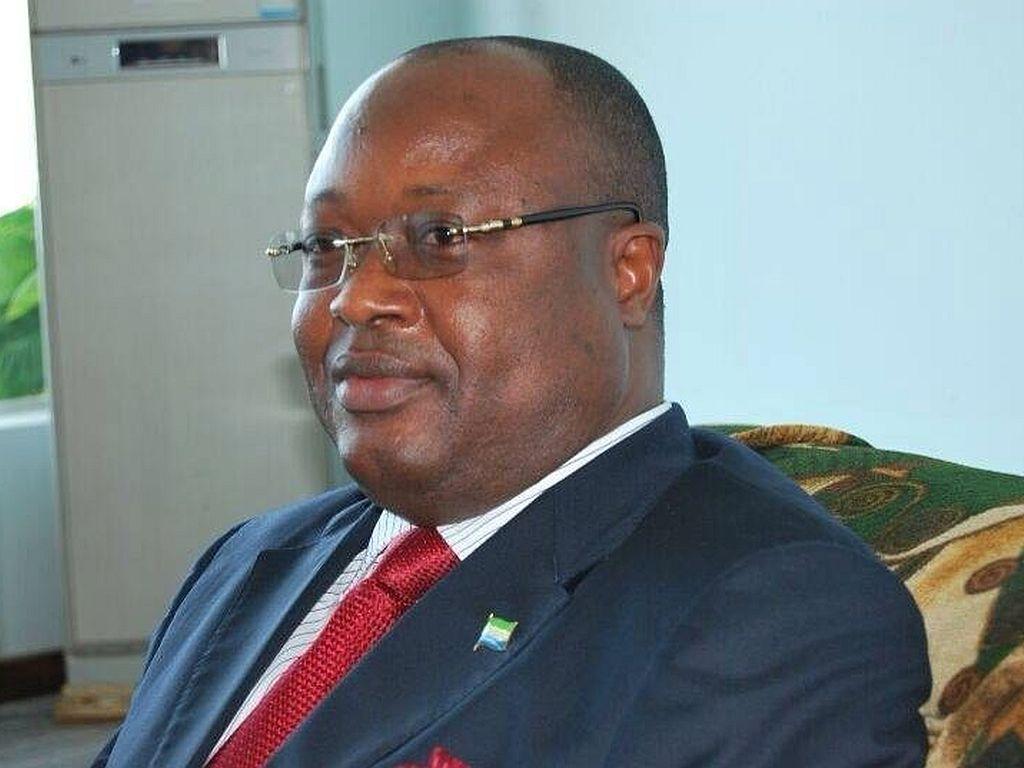By Kemo Cham
The Sierra Leone government will today launch a landmark five-year action plan to tackle health emergencies amidst a growing threat of disease epidemics.
The National Action Plan for Health Security (NAPHS) is a blue print of how Sierra Leone will respond to such emergencies and it entails what the country needs in terms of both human and material resources.
President Julius Maada Bio is scheduled to formally launch the document at an event at the Bintumani Hotel in Aberdeen, Freetown.
The launch of the NAPHS marks of a part fulfillment of major international health requirements set up by the World Health organization (WHO).
According to Health Ministry and WHO officials, Sierra Leone will become the 7th country in Africa and 11th in the world to prepare and launch this document.
Dr Amara Jambai, Chief Medical Officer at the Ministry of Health and Sanitation (MoHS), described the development as a paradigm shift in the country’s health sector. He told journalists at a pre-launch press briefing on Tuesday that Sierra Leone’s experience dealing with two major outbreaks of deadly diseases – Cholera and Ebola - exposed the weakness of its health system, which was characterized by not just lack of professional expertise but also the infrastructure to handle them.
In 2012, Sierra Leone was hit by a Cholera outbreak, the largest of about four outbreaks recorded since the first in 1970. It claimed 392 lives. In 2013 another cholera outbreak happened but with less intensity.
The West African Ebola epidemic of 2014 – 2016 dealt the most severe blow on Sierra Leone’s health infrastructure. When it struck, the country barely had a laboratory to even detect the virus. Nearly 4000 people ended up dying from Ebola.
Dr Jambai said all those emergencies met Sierra Leone ill prepared.
“This document gives graphic ways to act in times of such emergencies. With this document, Sierra Leone is now better prepared,” he said.
Since the Ebola epidemic, the MoHS has embarked on a health system strengthening, which has yielded, among others, the Emergency Operations Center (EOC), which coordinates the country’s response to all health emergencies.
In terms of personnel, trainings have been conducted for staff to provide key expertise, from lab specialists to epidemiologists, as well as a standard Infection Prevention Control system.
“Now we have a well-defined coordination mechanism, so that even before an outbreak we can do something,” said Dr Jambai.
The NAPHS, which was prepared with the help of partners including WHO, the US Centers for Disease Control and Prevention (CDC), and the USAID, is also Sierra Leone’s answer to the Global Health Security agenda, otherwise known as One Health, which is an approach by the WHO that links the health of people to the health of animals.
Ebola, Lassa Fever and Marburg are all zoonotic diseases, meaning they can be transmitted from animals and humans.
Minister of Health and Sanitation, Dr Alpha T. Wurie, said Sierra Leone’s susceptibility to environmental disasters like the 2017 mudslide also highlights the need to be prepared for water borne diseases.
“This action plan prepares us to stand guard in responding to [these] potential emergencies,” he said.
“The Ministry of Health cannot provide health without linking with other departments,” he added, in reference to the One Health approach.
The NAPHS lists a total of 15 priority diseases to watch. But, said Dr Mohamed Vandi, Director of Health Security and Management, the focus would be on the ones with the capacity to cause outbreaks, especially the Viral Hemorrhagic Fevers (VHFs), notably Ebola, Lassa Fever and Marburg. Also under the focus will be Cholera, Meningitis, and childhood diseases like Yellow Fever, Measles and Rubella, he added.
© 2019 Politico Online









